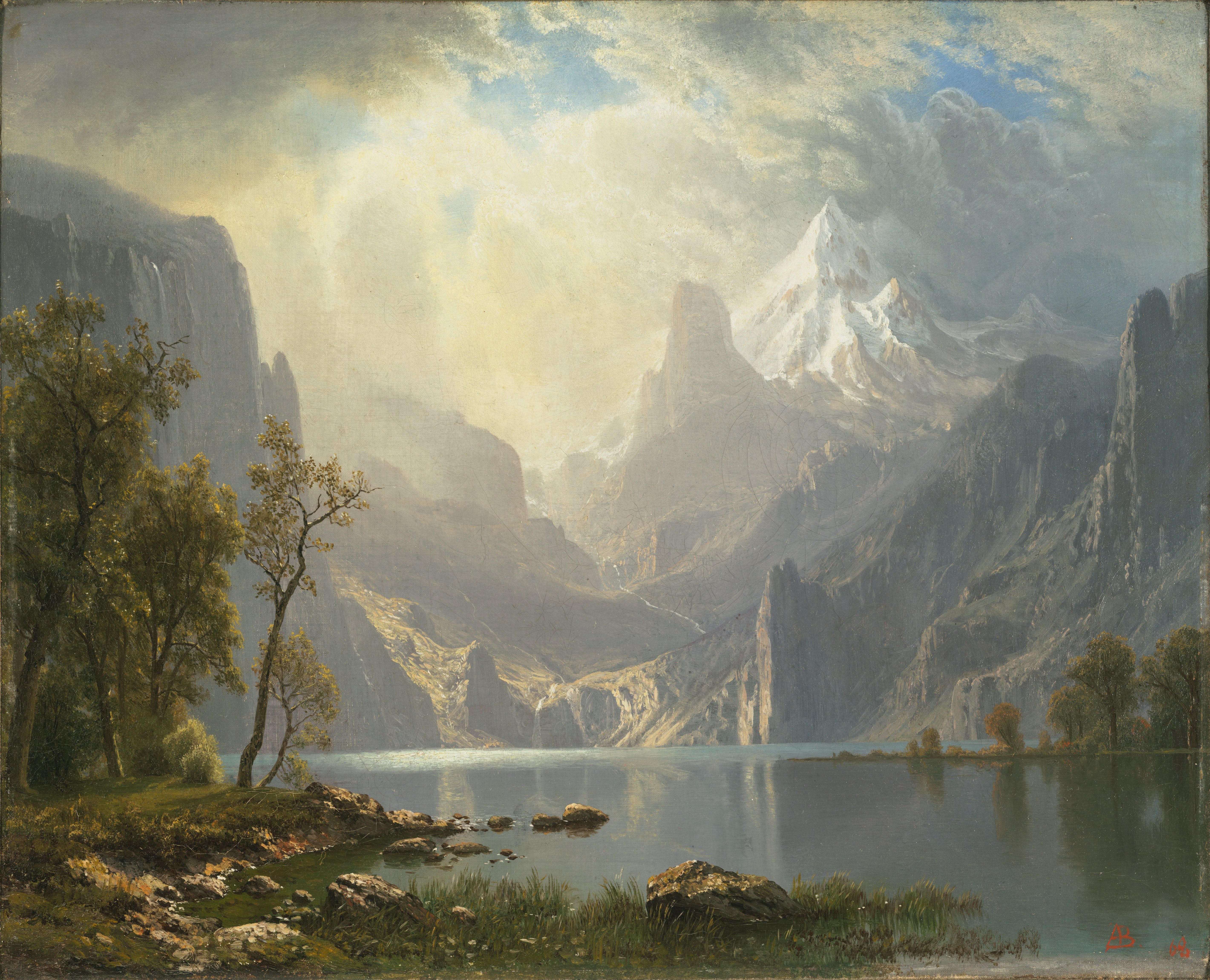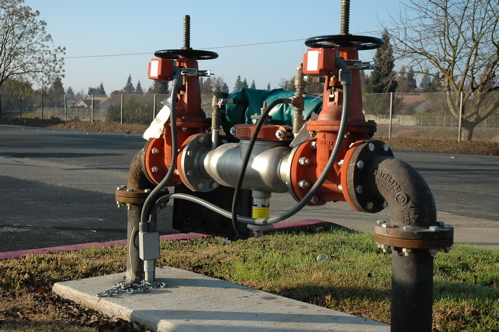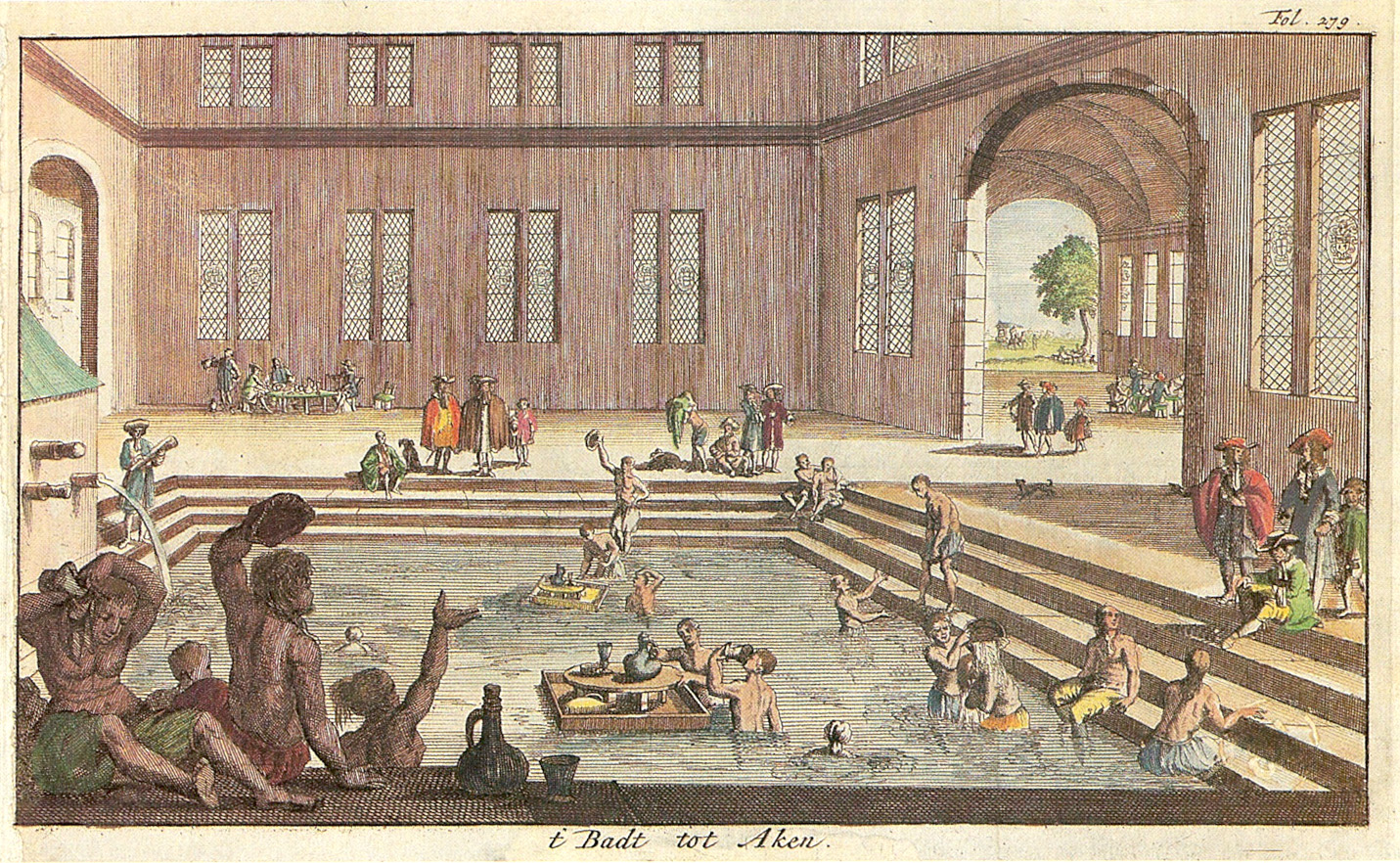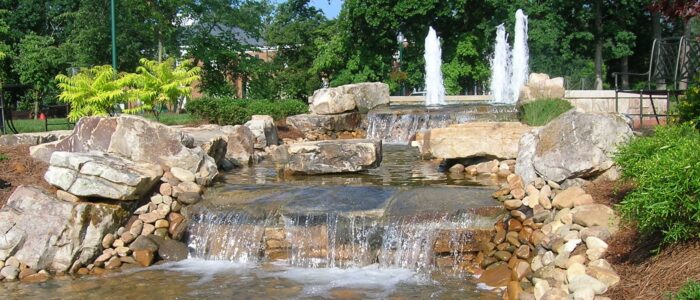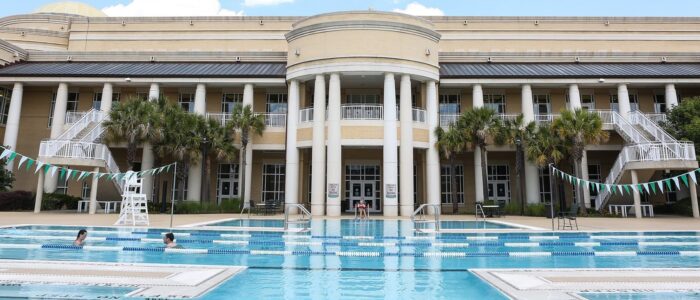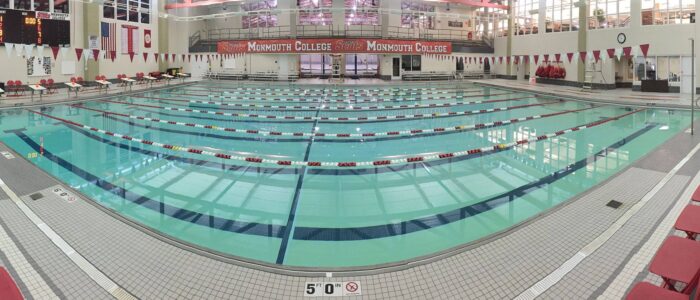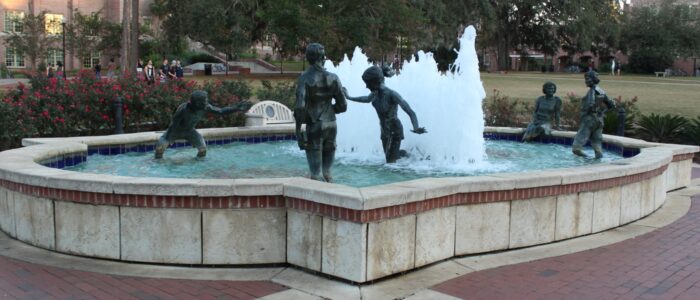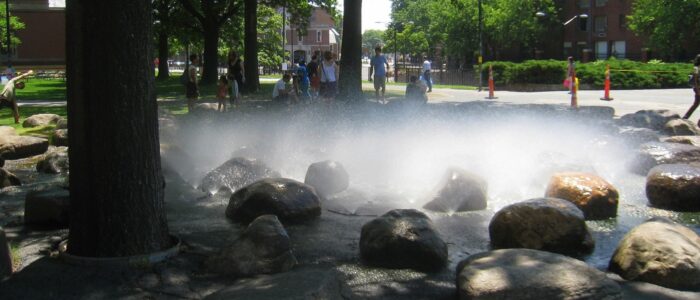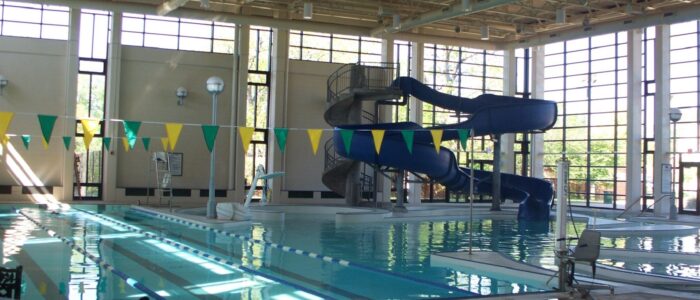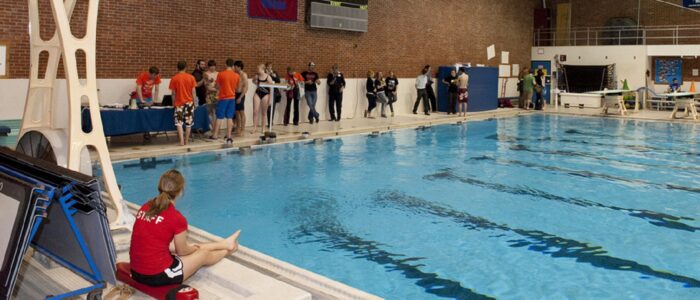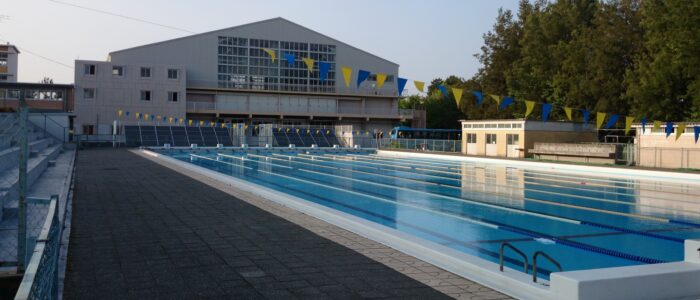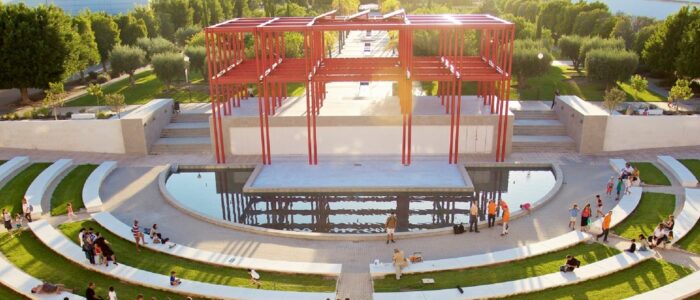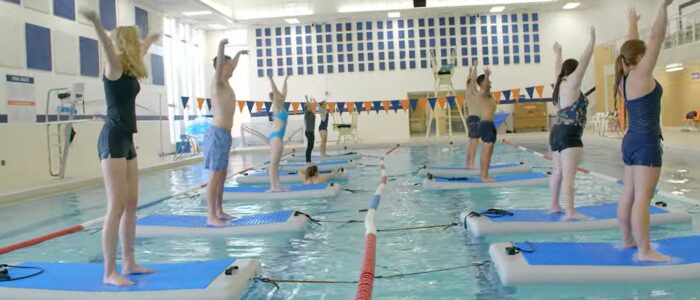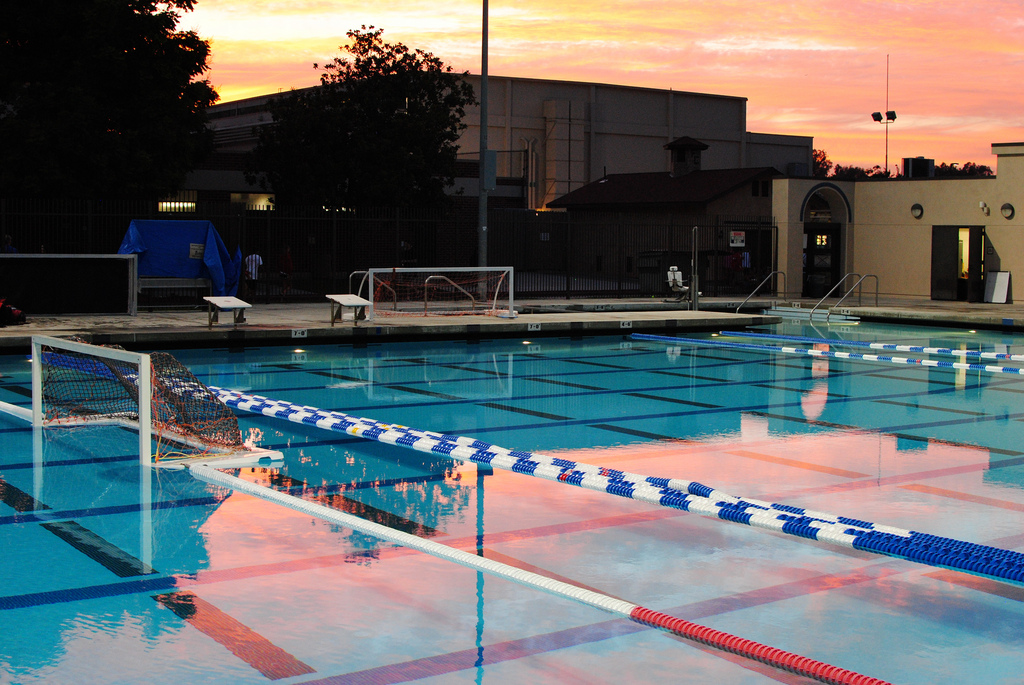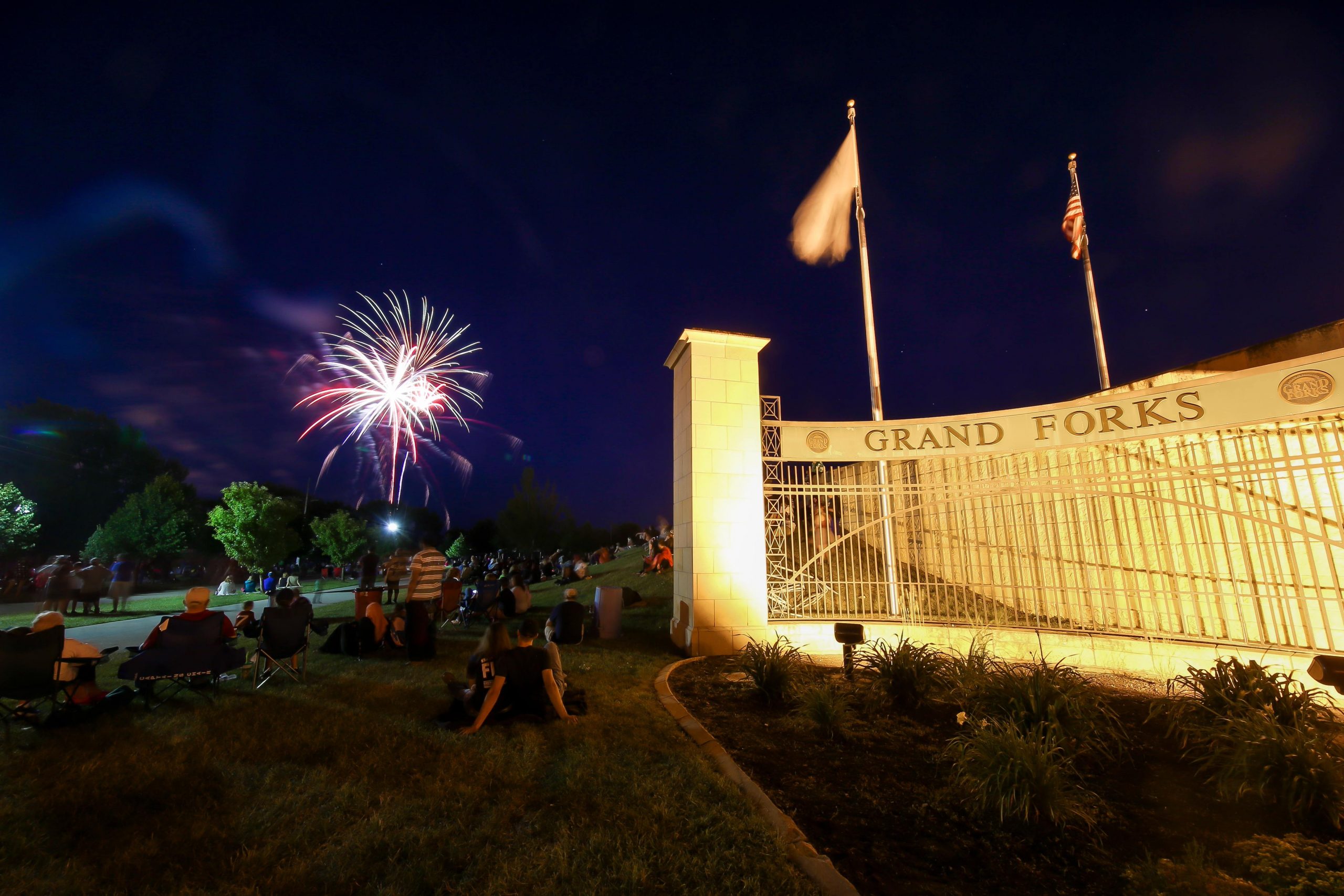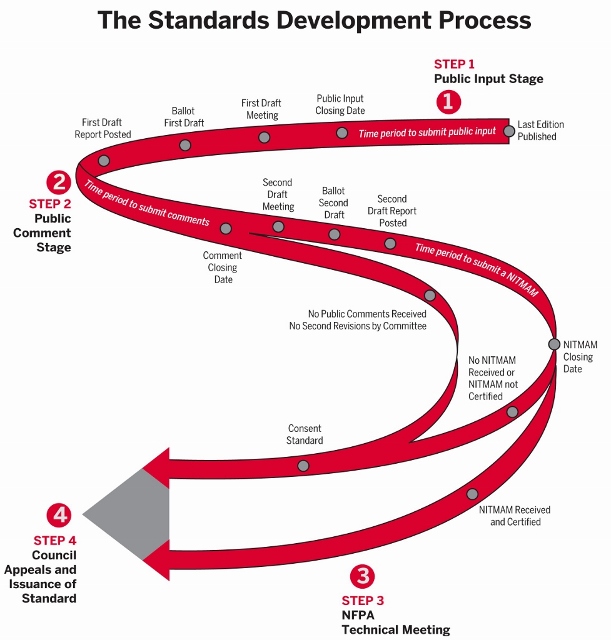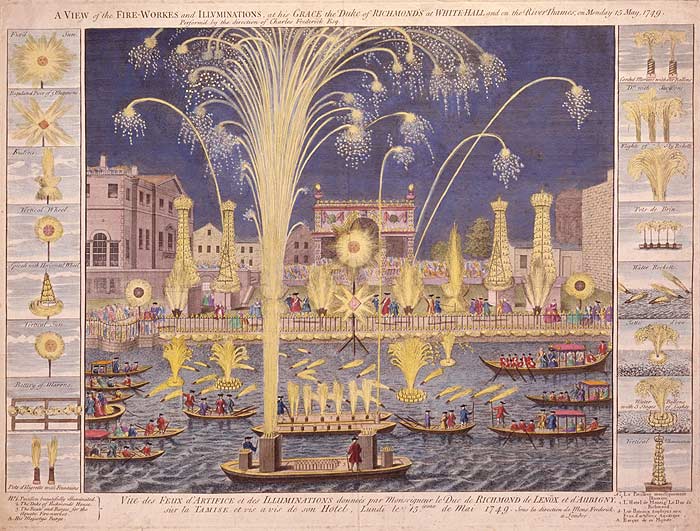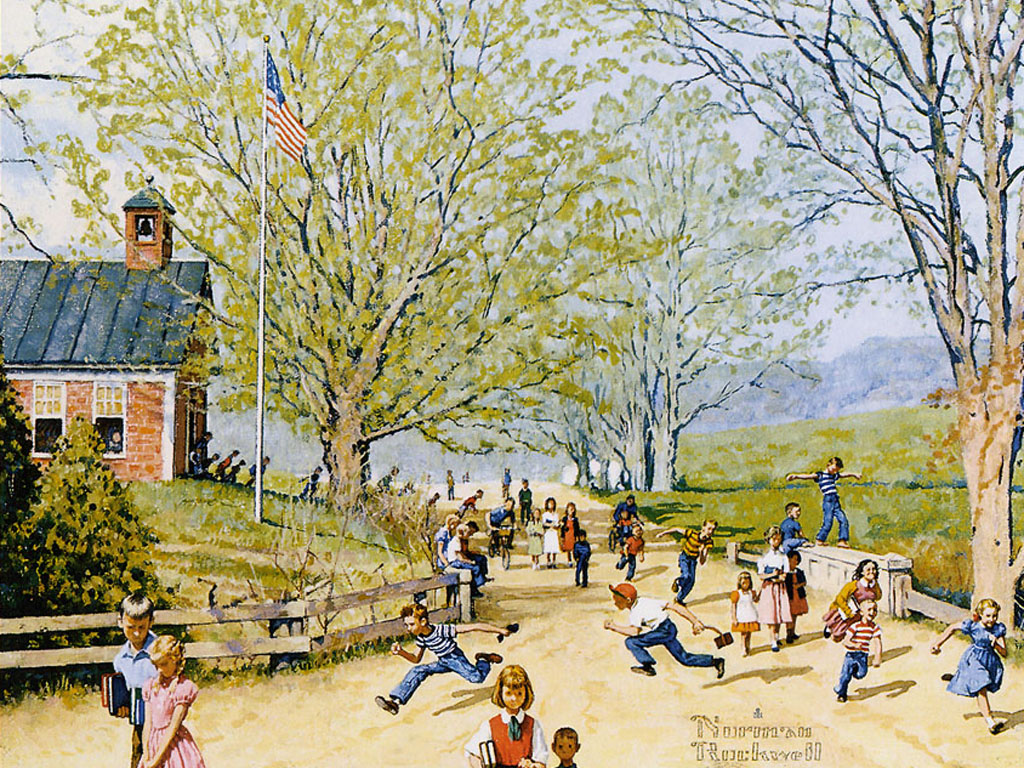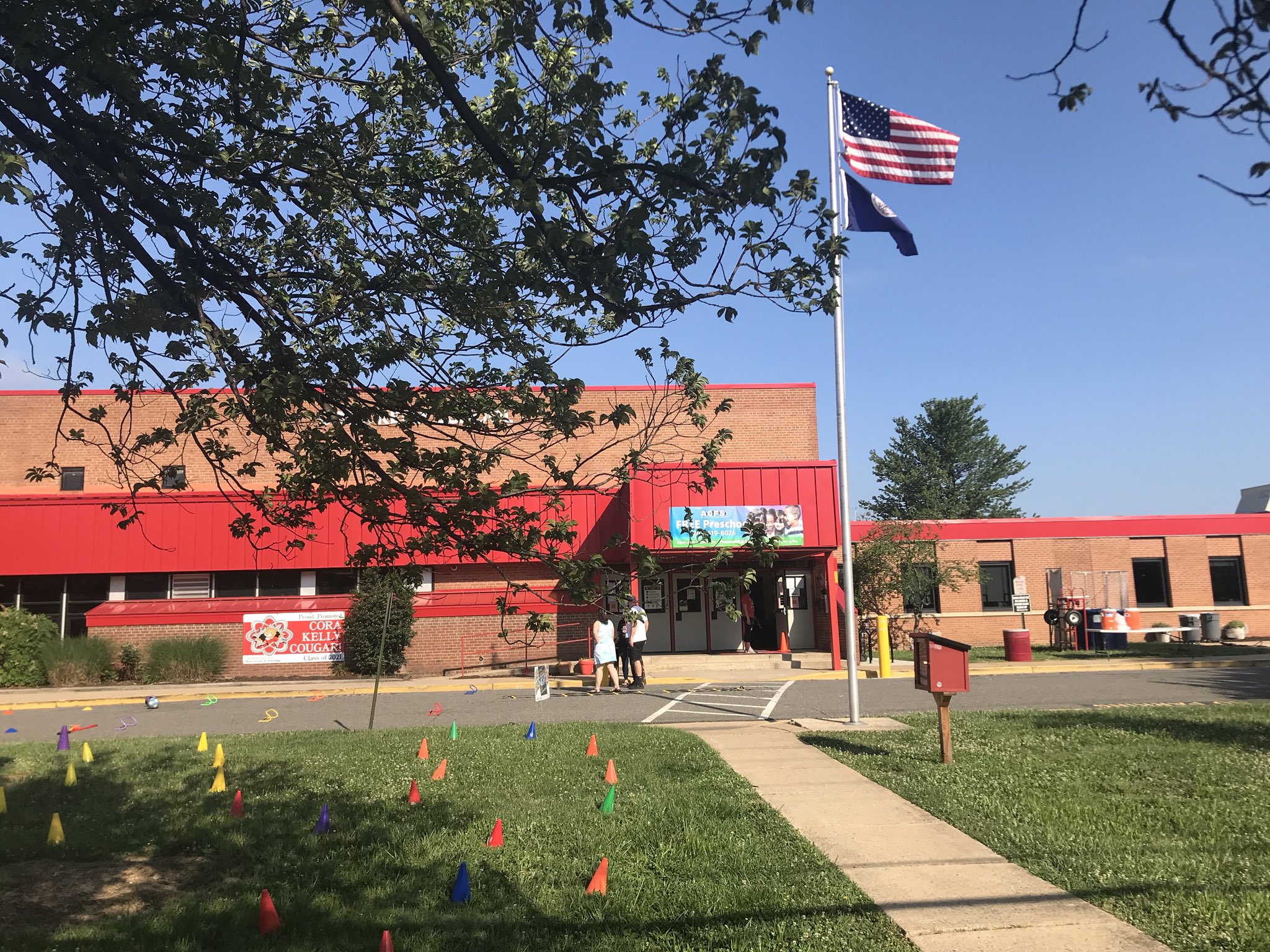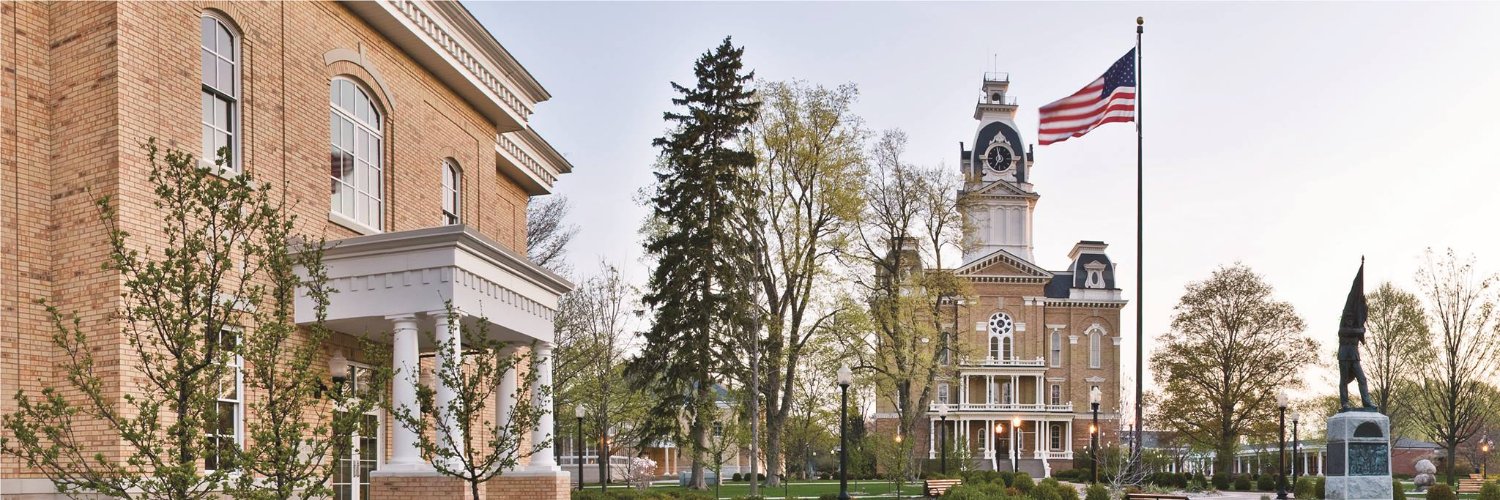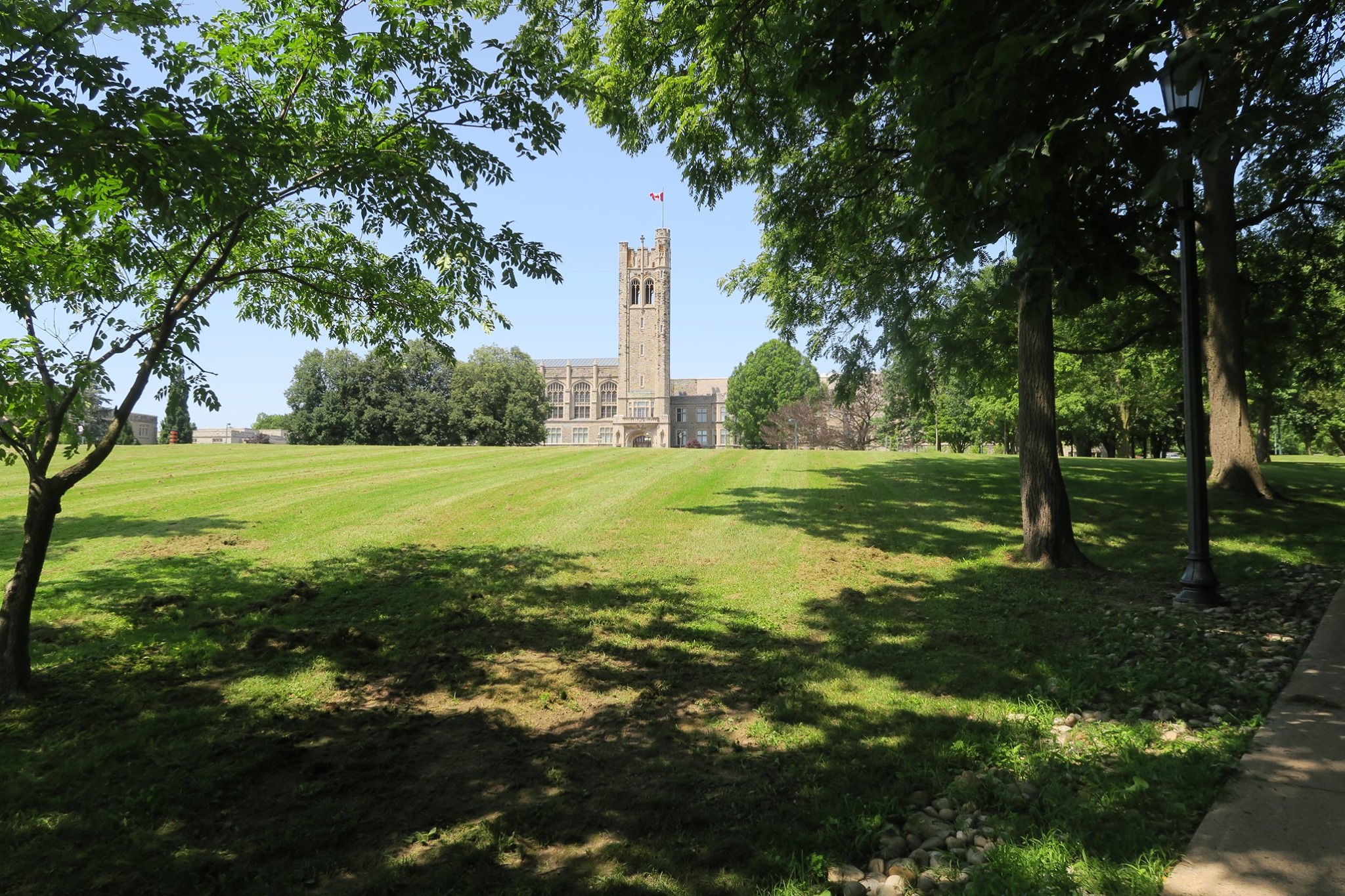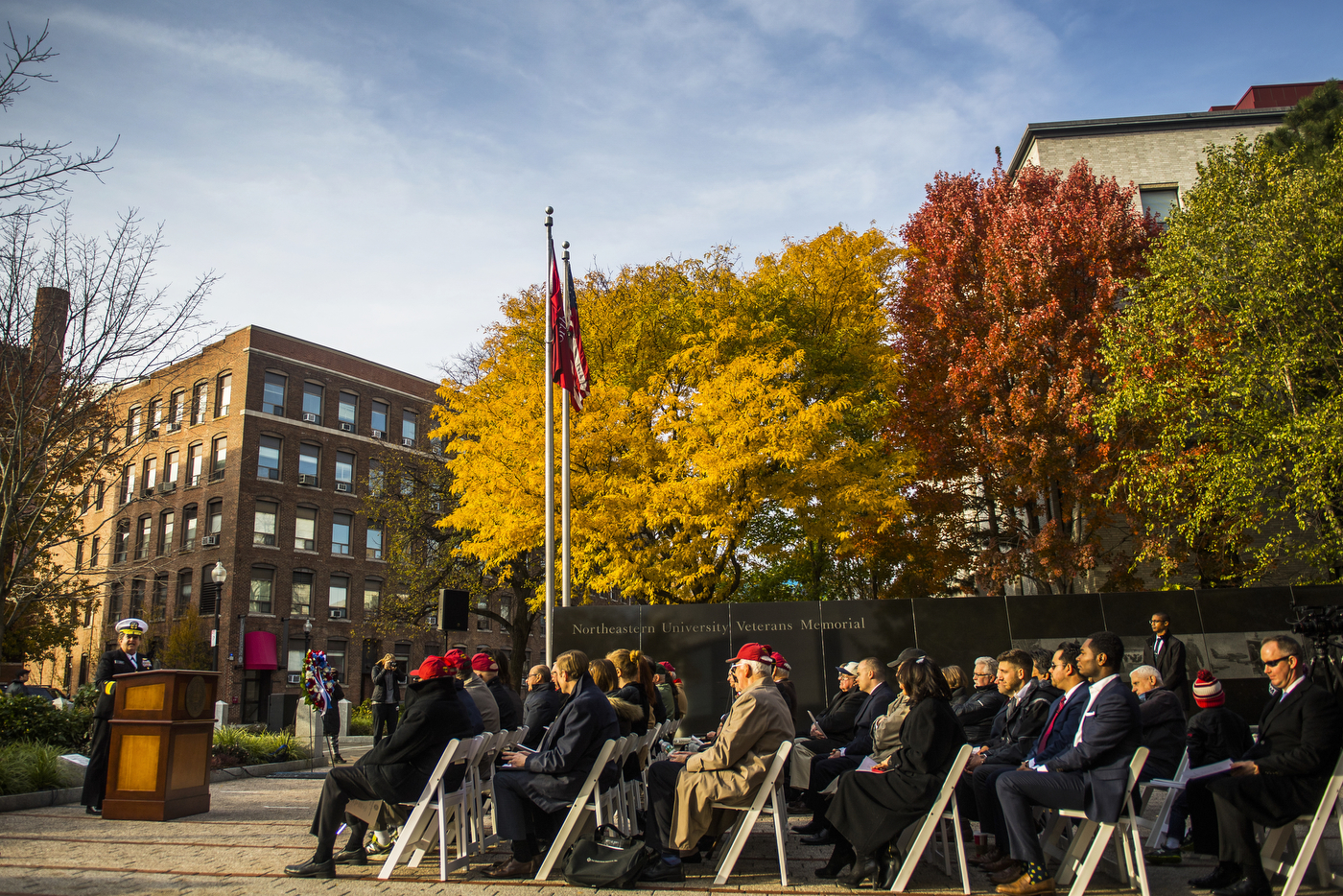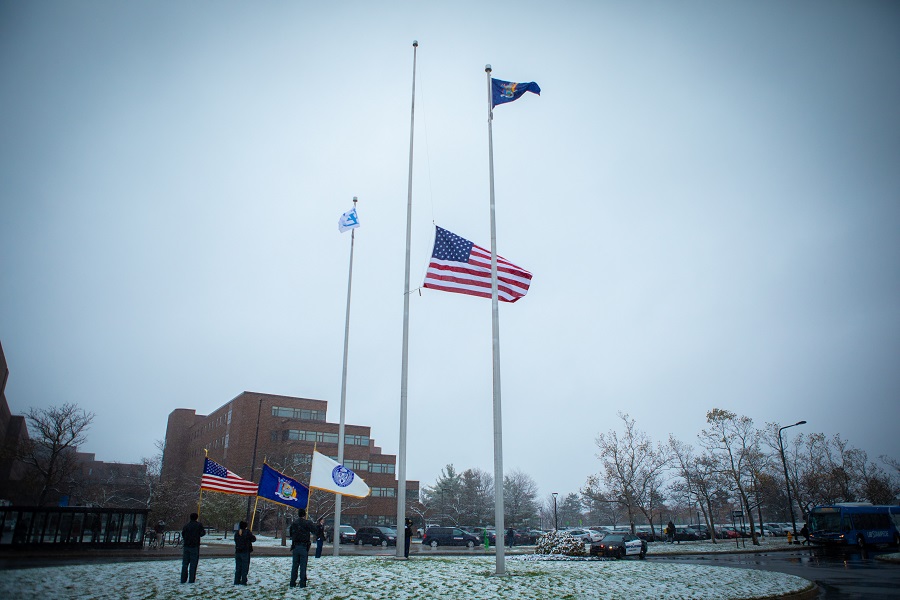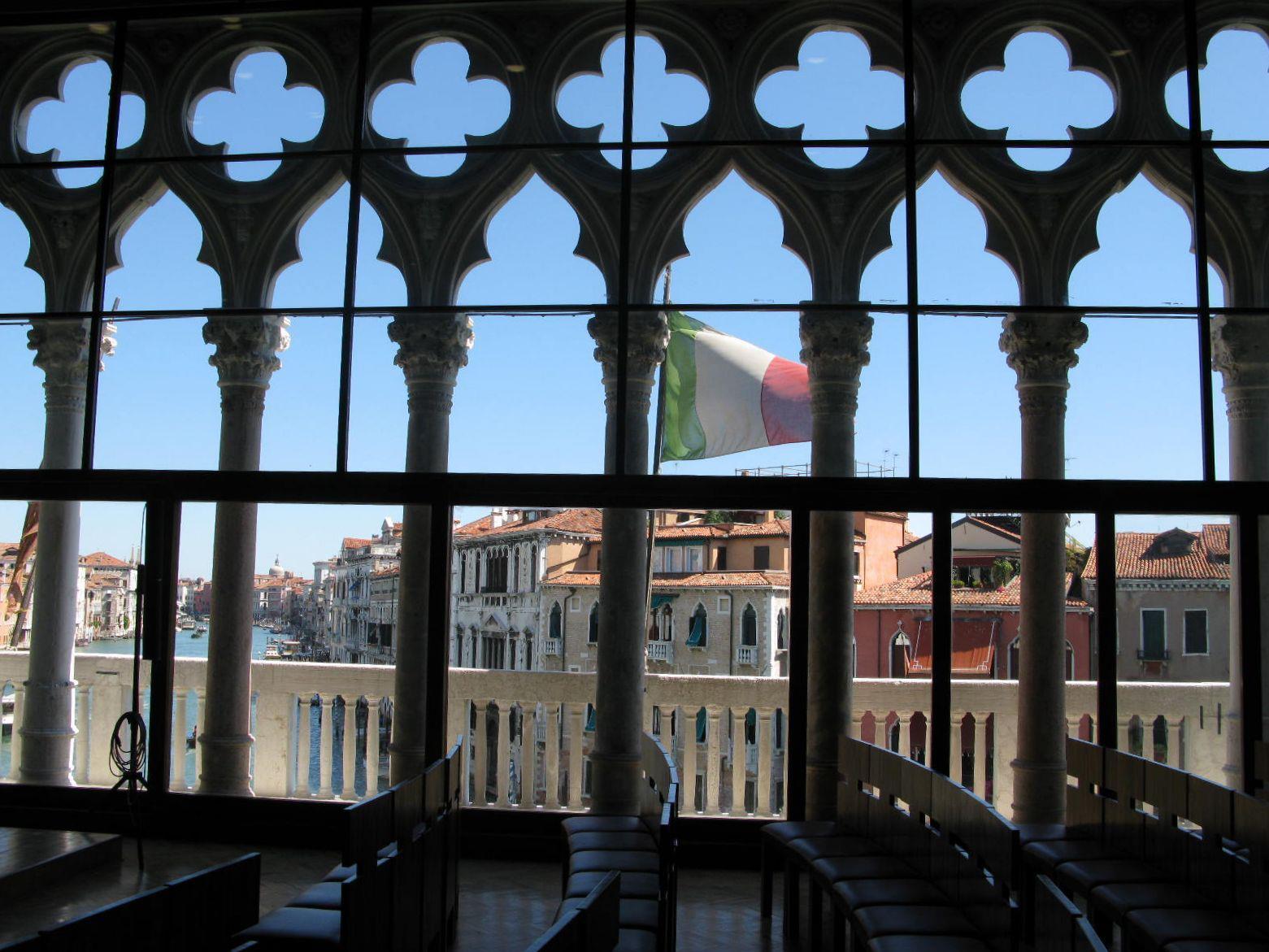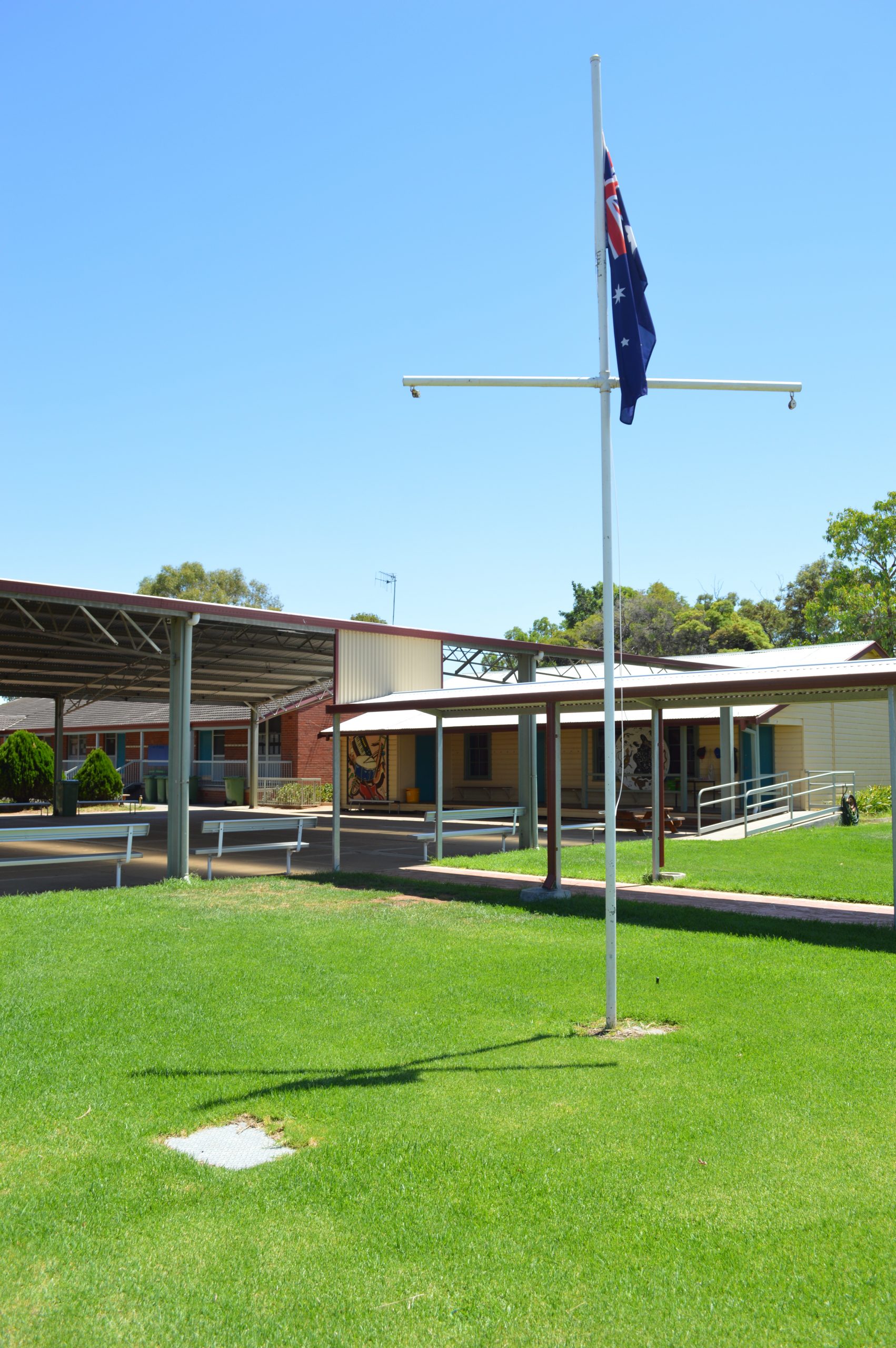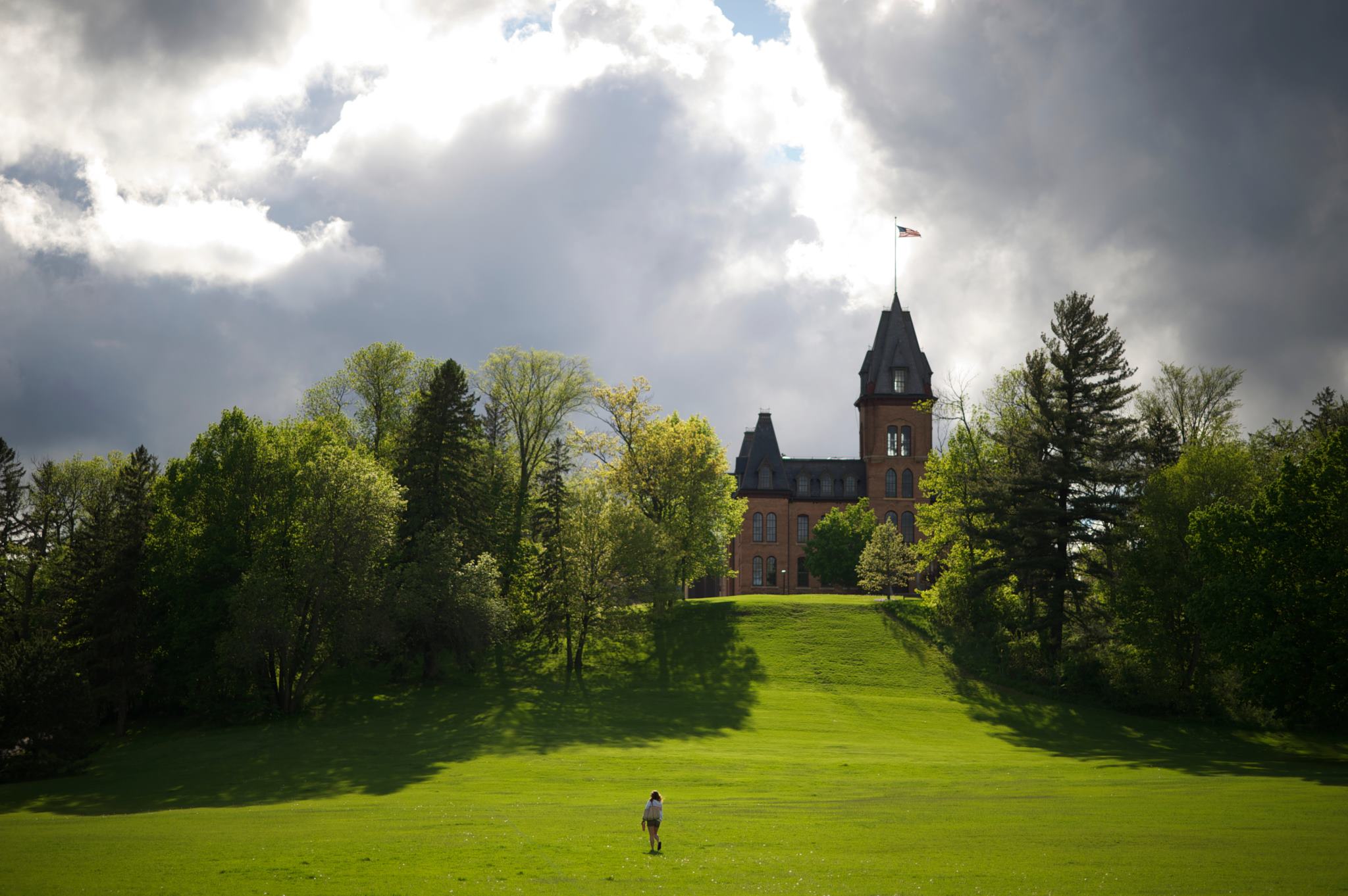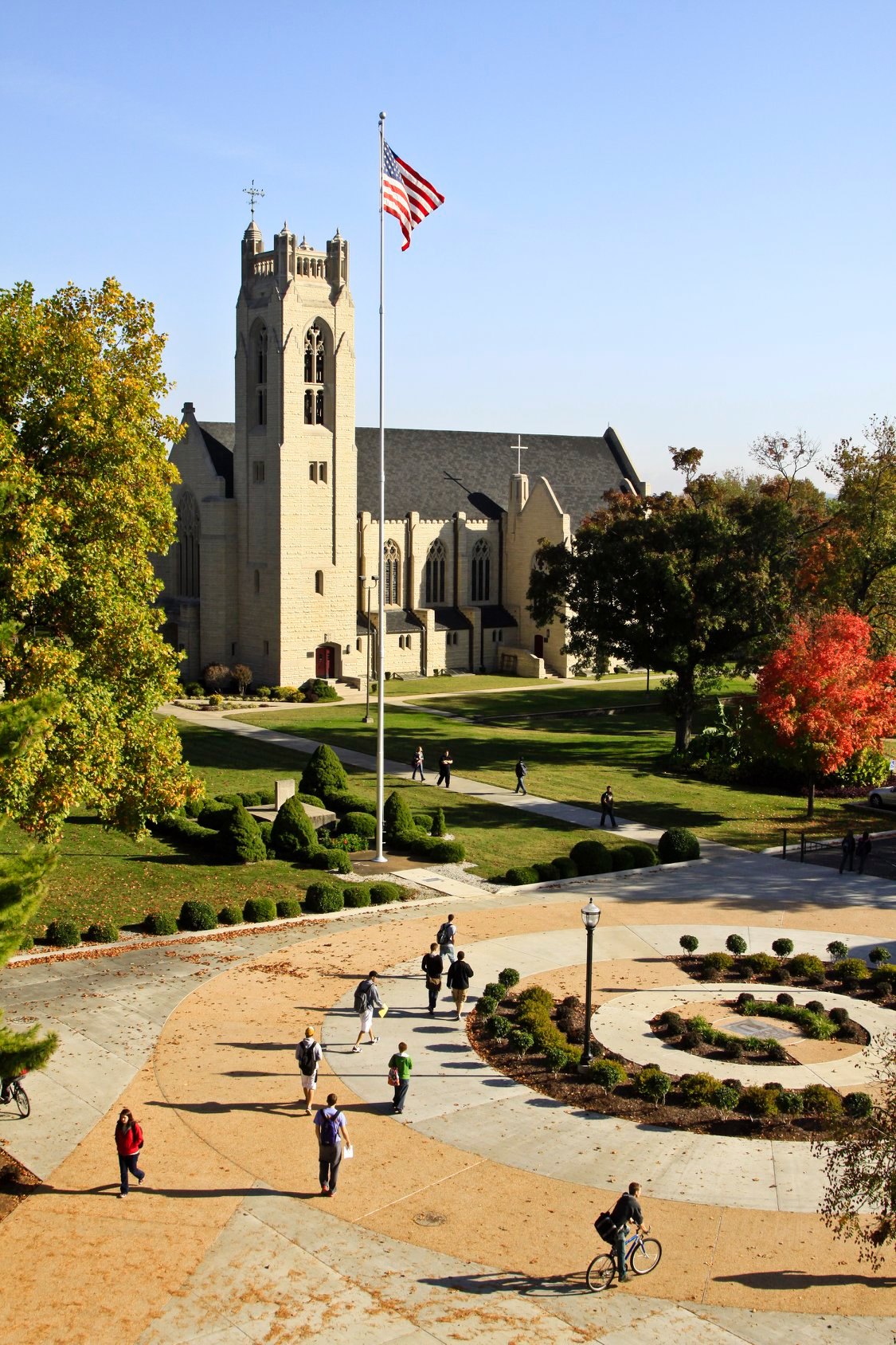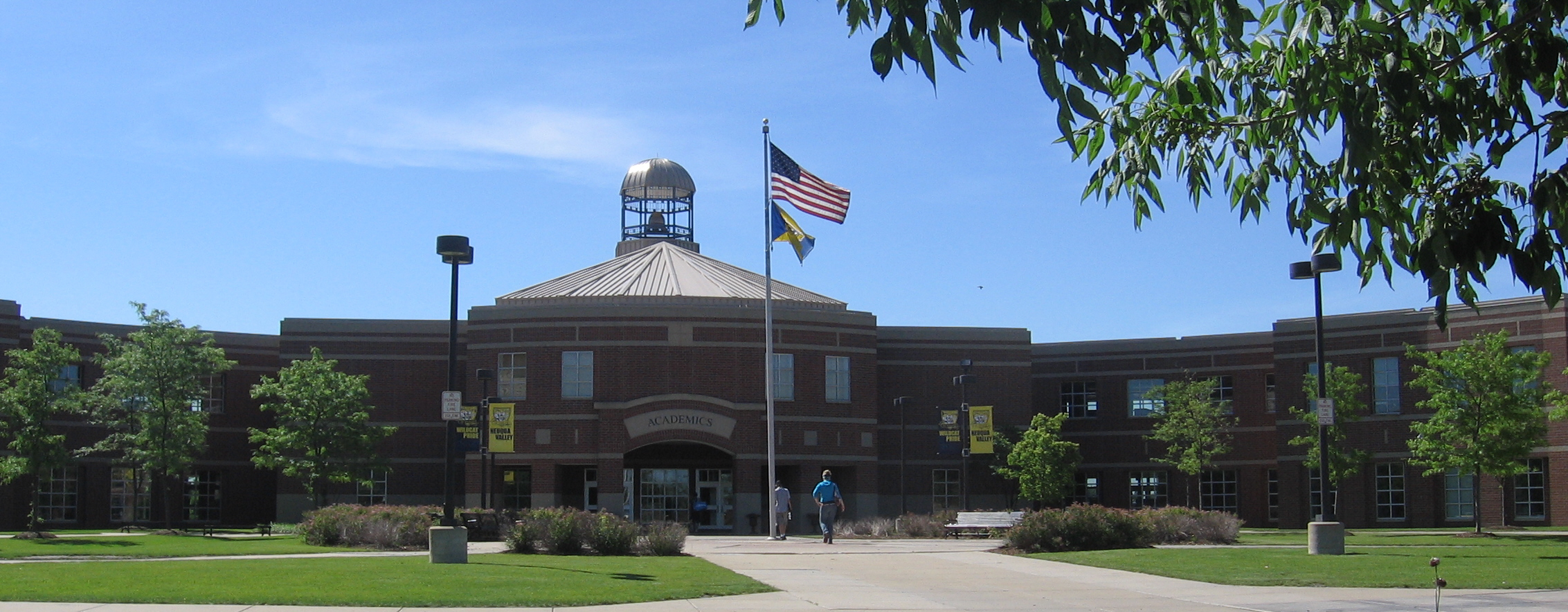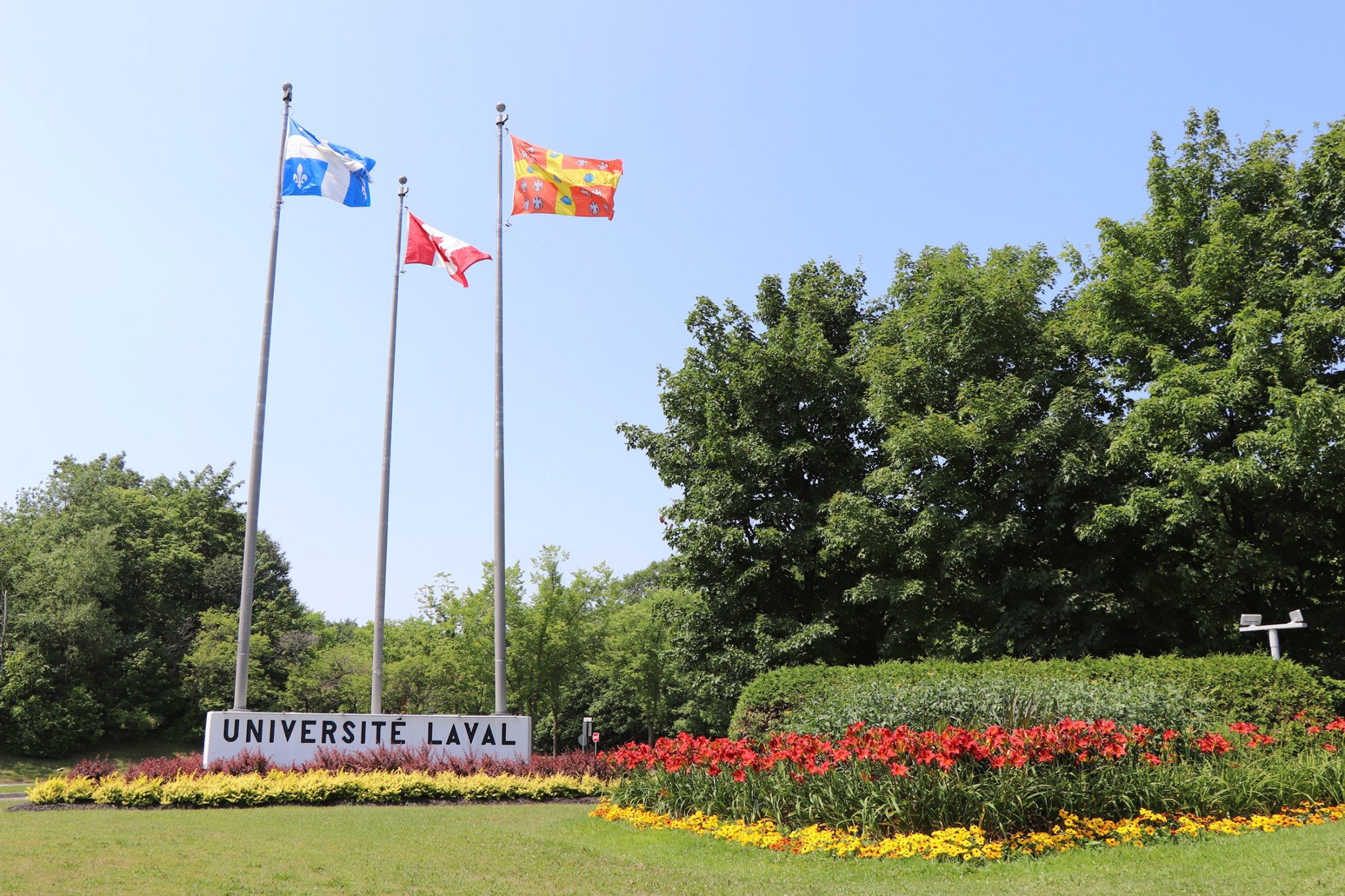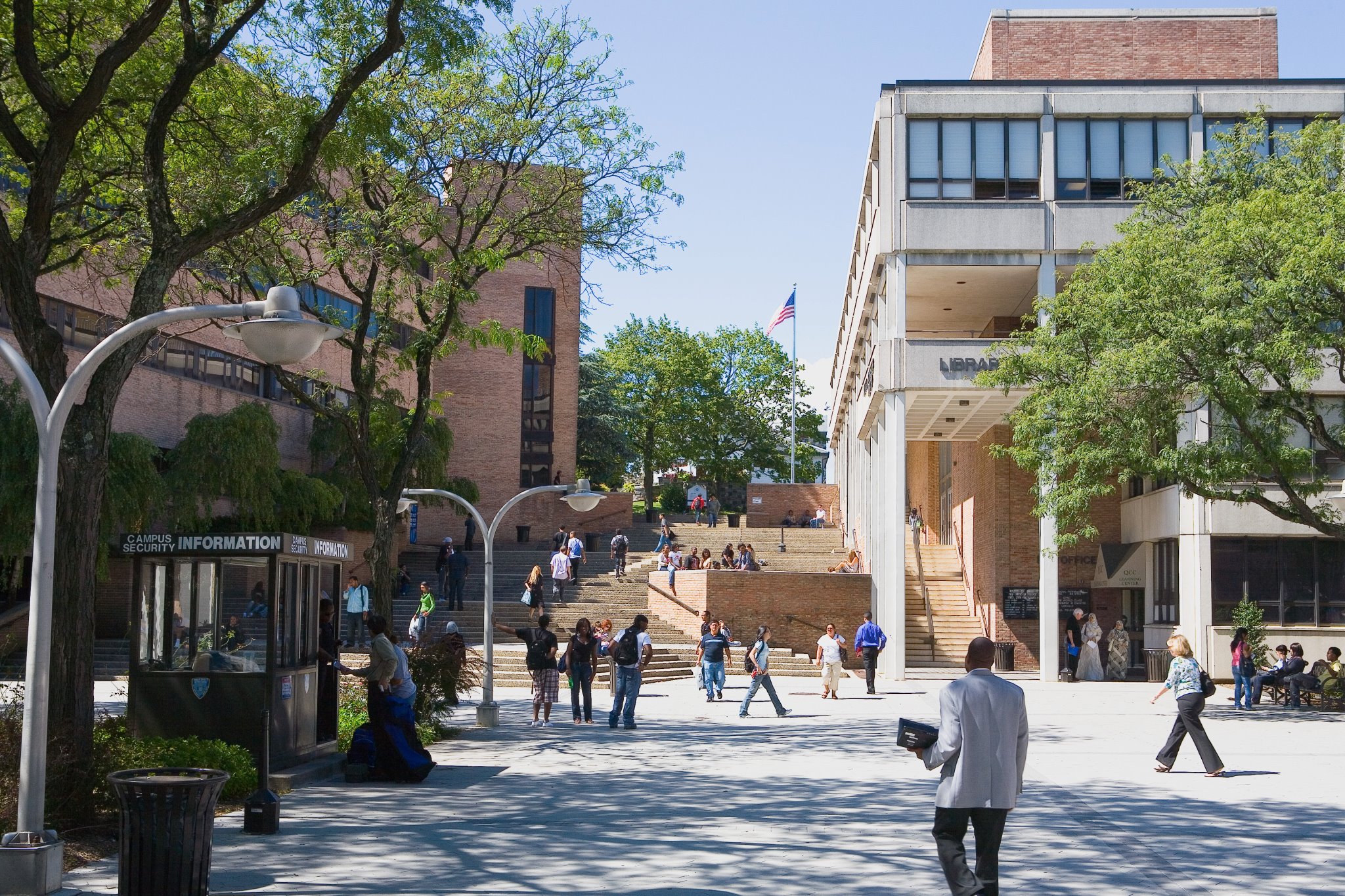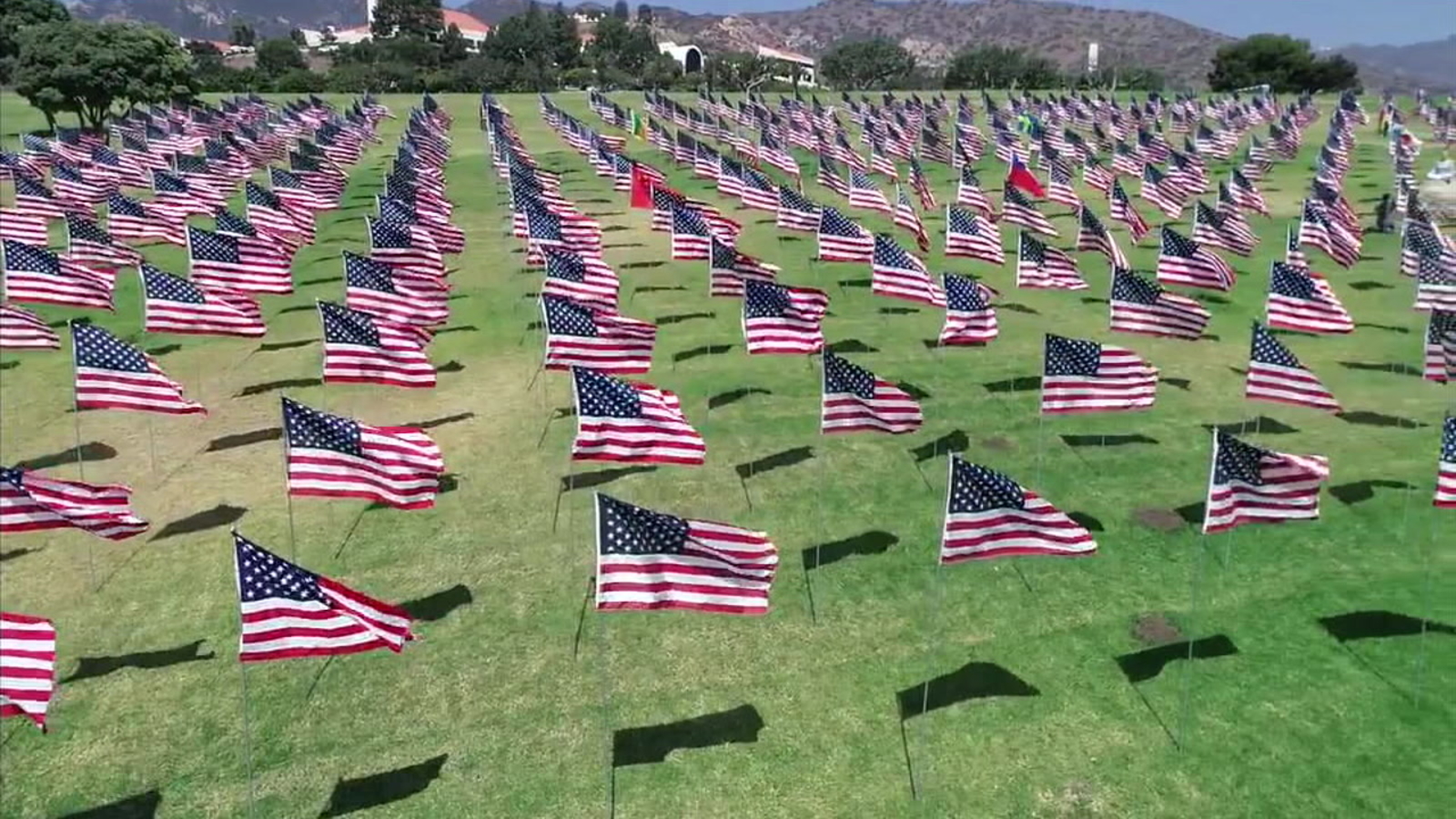The American Water Works Association is one of the first names in accredited standards developers that administer leading practice discovery in backflow prevention consensus documents; usually referenced in local and state building codes; and also in education facility design guidelines and construction specifications.
The original University of Michigan standards enterprise gave highest priority to backflow standards because of their central importance of backflow management to education communities; especially large research universities nested within a municipal water system. Backflow prevention; an unseen technology that assures a safe drinking water supply by keeping water running in one direction by maintaining pressure differences. Analogous to the way we want electrical current to run in one direction, failure of backflow prevention technology poses a near-instantaneous health risk for the contamination of potable water supplies with foul water. In the most obvious case, a toilet flush cistern and its water supply must be isolated from the toilet bowl. In a less obvious case, but at greater scale, a damaged backflow prevention technology at a university research building can contaminate an host-community potable water supply.
There are other ANSI accredited standards developers in the backflow prevention technology space — the International Code Council, the IAPMO Group and ASSE International — for example.
At the moment no AWWA redlines relevant to our objective are open for consultation. Several relatively stabilized product standards are marked up but none dealing specifically with interoperability issues. When they are uploaded you may access them at the link below:
AWWA Standards Public Comment Home Page
Students and Young Professionals
AWWA is the first name in US-based water standards so we maintain the AWWA catalog on our Plumbing & Water colloquia. See our CALENDAR for the next online meeting; open to everyone.
Issue: [11-57]
Category: Water Safety, Plumbing, Mechanical
Colleagues: Mike Anthony, Richard Robben, Steve Snyder, Larry Spielvogel
Happy birthday, Mary Oliver: ✨ pic.twitter.com/ZHxWgNZBaX
— Dr. Maya C. Popa (@MayaCPopa) September 10, 2023
LEARN MORE



